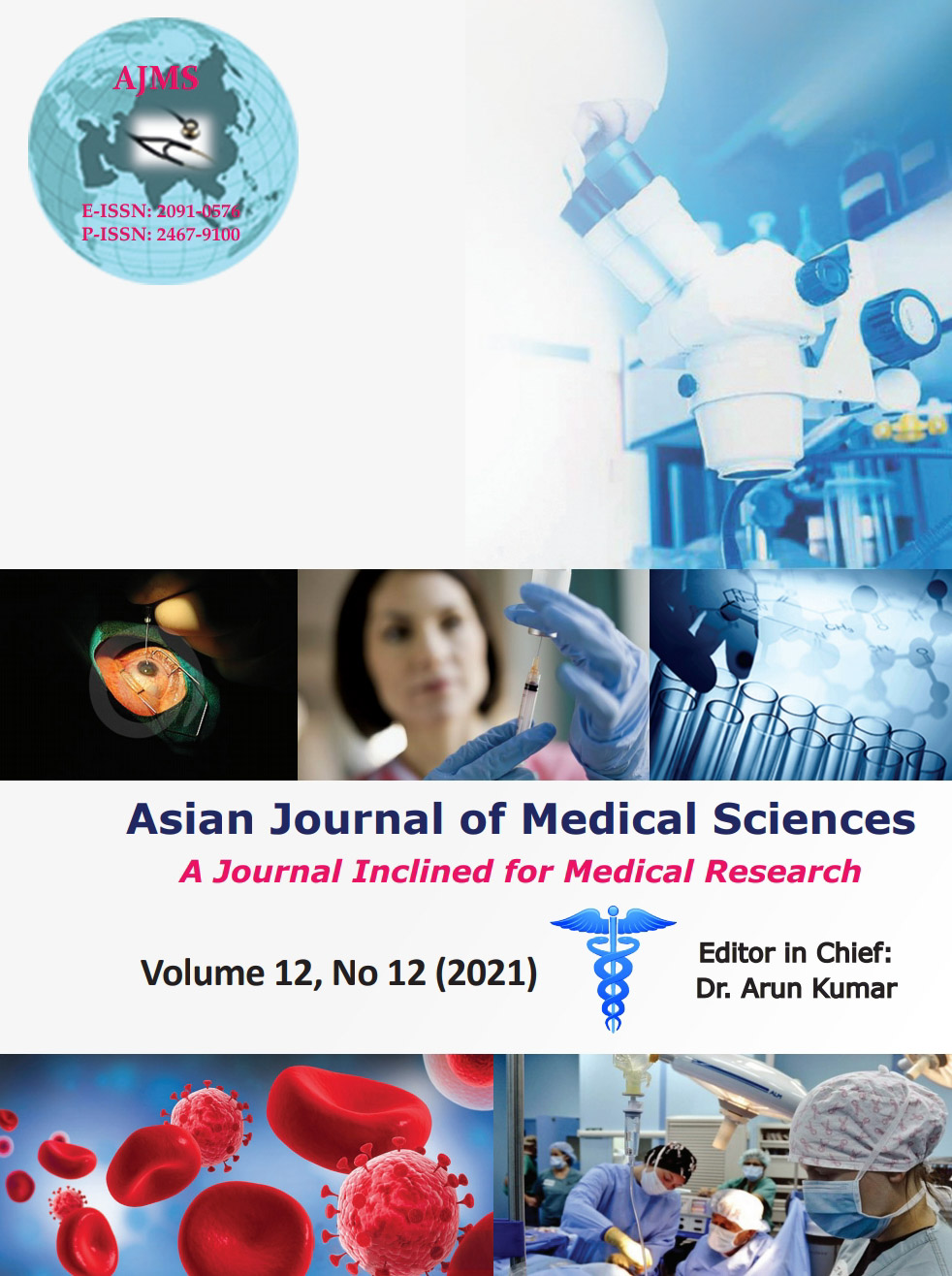A comparative study of propofol based total intravenous anesthesia and sevoflurane based volatile induction and maintenance anesthesia on post-operative recovery profile in elective tonsillectomy
Keywords:
Day care surgeries, Propofol, Recovery, Sevoflurane, TonsillectomyAbstract
Background: Tonsillectomies are common surgeries in day-to-day surgery practice particularly in pediatric age group. Recent trend is to conduct tonsillectomy surgery on a day care basis. It is important to use the best anesthetic option with the least recovery time to reduce the hospital stay of patient.
Aims and Objectives: The aim of the study was to compare recovery profile and side effects of Sevoflurane and Propofol as an anesthetic agent for tonsillectomy.
Materials and Methods: A total of 60 patients undergoing elective tonsillectomy were selected for the study. Each patient was randomly allocated to either the propofol (Group P) or the sevoflurane group (Group S). Time of surgery (From start to end of surgery), time of anesthesia (From the start of induction to end of surgery), time between the end of anesthesia and the spontaneous eye opening, and time between the end of anesthesia and the following of verbal commands. Time to extubation, time between the end of anesthesia, and the orientation to his or her name and the incidence of post-operative nausea and vomiting were compared in both the groups.
Results: The eye opening in Group P patients was found to be 8.9+1.21 min and that in Group S was 6.6+1.25 which was found to be statistically significant. The following of verbal commands in Group P was found to occur at 10.13+1.28 min, while that in Group S was found to be at 7.63+1.25 min, which was statistically significant. The time for extubation in Group P was found to be 11.17+1.29 min, while that in Group S was found to be 8.67+1.24 min, which was statistically significant. The duration for complete orientation in Group P was found to be 12.2+1.27 min, while that in Group S was found to be 9.43+1.04 min, which came out to be statistically significant. Hemodynamic parameters were found to be comparable in both the groups with no statistically significant difference in between then at any point of time (P>0.05).
Conclusion: Sevoflurane is a useful alternative to propofol in providing anesthesia where rapid emergence and recovery of cognitive functions are desired.
Downloads
Downloads
Published
How to Cite
Issue
Section
License
Copyright (c) 2021 Asian Journal of Medical Sciences

This work is licensed under a Creative Commons Attribution-NonCommercial 4.0 International License.
Authors who publish with this journal agree to the following terms:
- The journal holds copyright and publishes the work under a Creative Commons CC-BY-NC license that permits use, distribution and reprduction in any medium, provided the original work is properly cited and is not used for commercial purposes. The journal should be recognised as the original publisher of this work.
- Authors are able to enter into separate, additional contractual arrangements for the non-exclusive distribution of the journal's published version of the work (e.g., post it to an institutional repository or publish it in a book), with an acknowledgement of its initial publication in this journal.
- Authors are permitted and encouraged to post their work online (e.g., in institutional repositories or on their website) prior to and during the submission process, as it can lead to productive exchanges, as well as earlier and greater citation of published work (See The Effect of Open Access).




